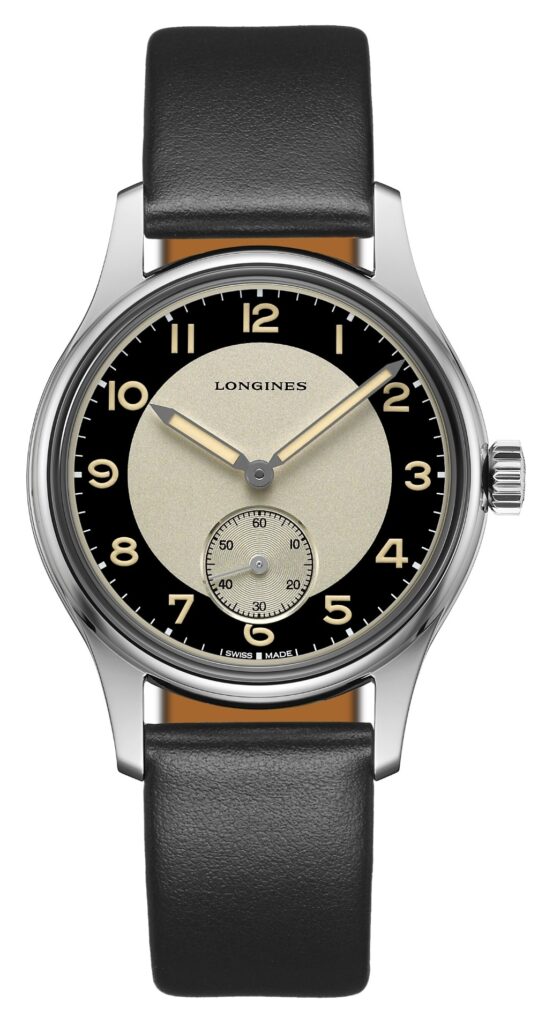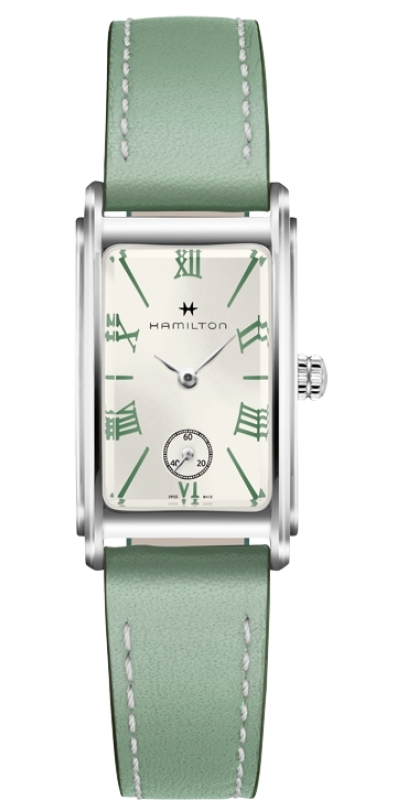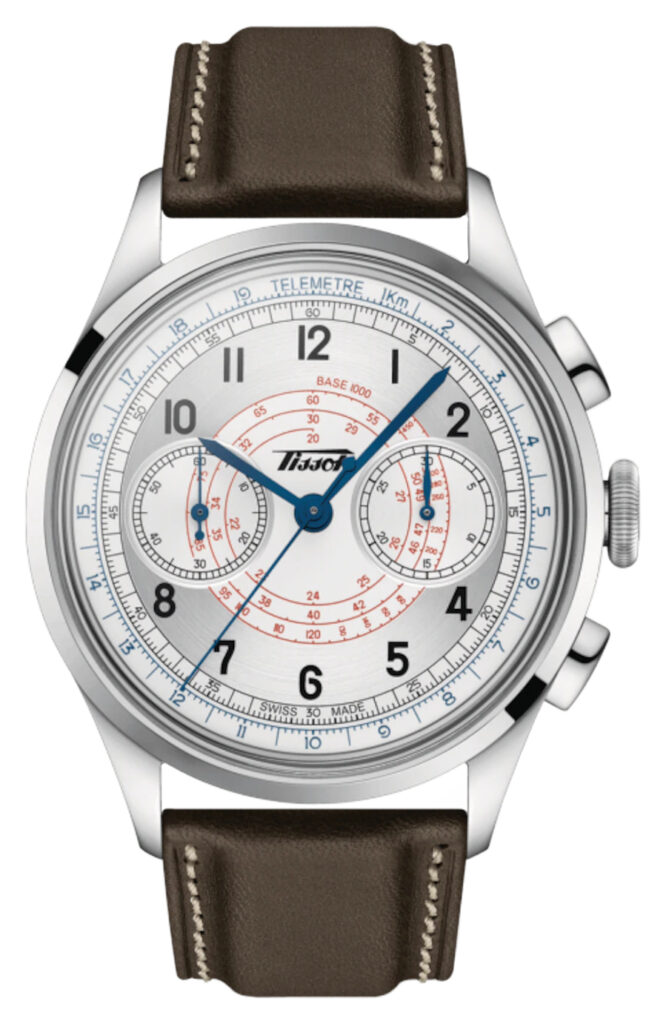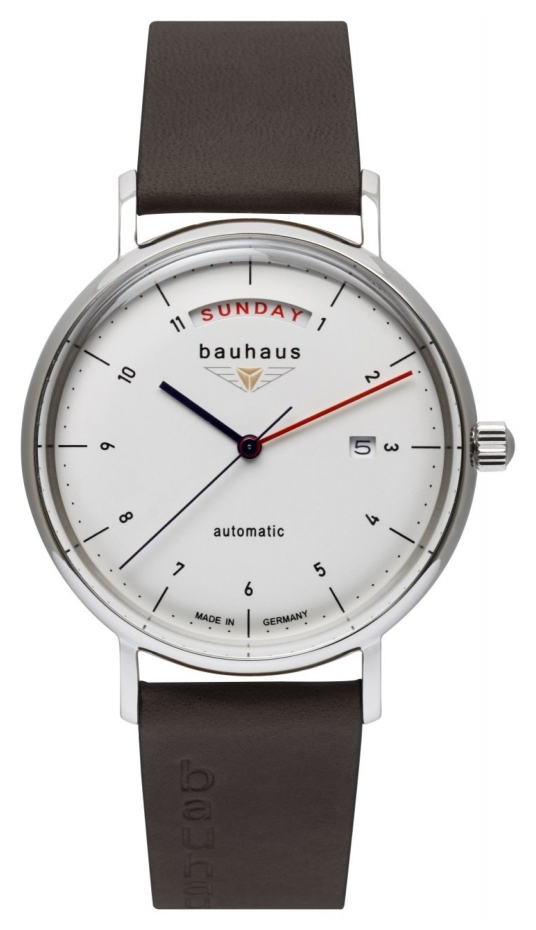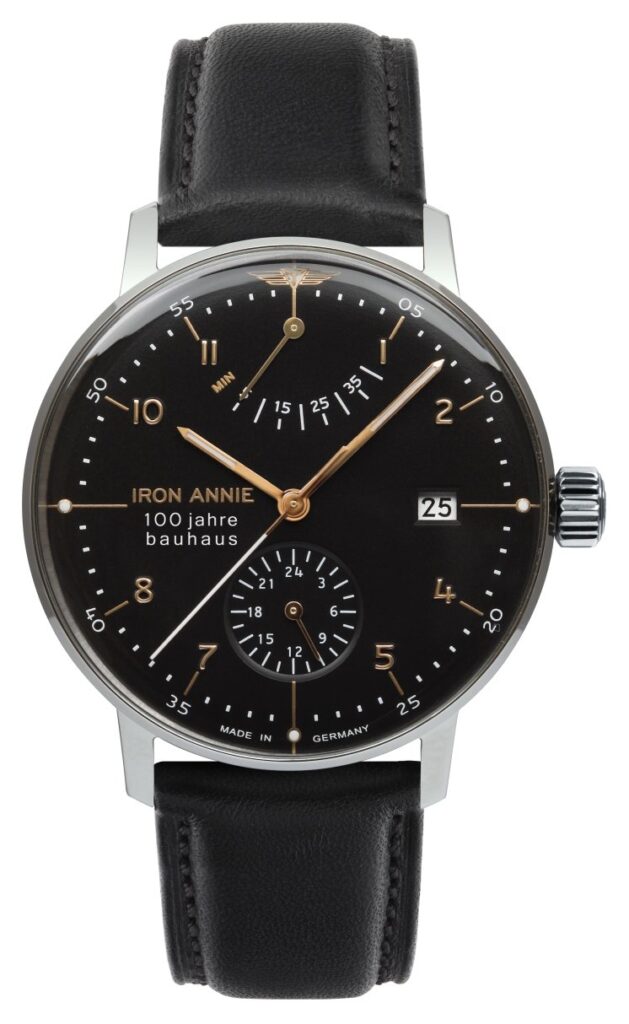Next up in our Archival Revival series is the 1930s. Following the boom of the Roaring 20s, the 1930s were comparatively difficult. The Great Depression swept through America, creating a significantly uneven distribution of wealth. However, for the fortunate, the jazz age continued to flourish, as did Hollywood movies. As the prohibition of alcohol ended, Art Deco-furnished cocktail lounges opened their doors and the style continued to prevail. Simultaneously, in pre-war Europe, the influence of the Bauhaus movement was spreading. With these two principal design movements brewing, watch aesthetics take two marked pathways. Read on for our best 1930s inspired watches.
The Archival: 1930s Continuation of Art Deco and the Bauhaus Movement
Throughout the decade, many suffered the repercussions of the 1929 Wall Street Crash, America’s worst stock market crash on record. The resulting Great Depression saw many trade speakeasies for soup kitchens, and spending decreased significantly. But, for many, the movies provided a temporary escape from the grim reality of the time period. Hollywood thrived and was at the height of its Golden Age. As a result, the rise of the movie star meant that the glamour of the 1920s was not entirely lost in the 1930s. Glitzy Art Deco continued to dominate as the design style in America, but in Europe, the Bauhaus style was growing.
The Bauhaus art and design school developed its namesake design movement in the 1920s. However, its influence was particularly felt into the 1930s when the schools were shut down under the Nazi regime. This led to some of the Bauhaus’s most prominent figures fleeing the country or even being exiled. For example, László Moholy-Nagy and Marcel Breuer initially fled to work in London, before separately moving on to America.
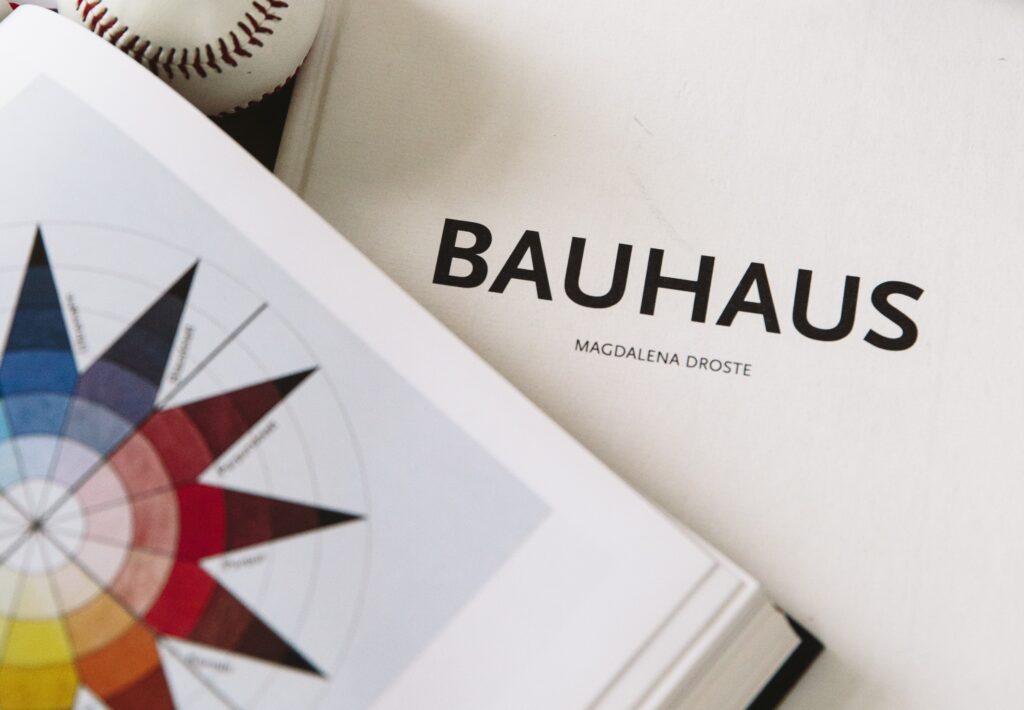
Although they may seem like opposites, Art Deco and the Bauhaus movement do share core characteristics. For instance, both feature geometric and machine-like symmetrical shapes. However, where Art Deco indulged in rich colours and decorative motifs, the Bauhaus shunned embellishment. With its firm roots in anti-ornamentation, the Bauhaus movement was characterised by a ‘form follows function’ approach instead.
Watch Trends of the 1930s
Due to the continuing popularity of Art Deco in the 1930s, it’s no surprise that we see many of the same watch trends as in the 1920s. For instance, elongated rectangular dials were still fashionable and found across many timepieces. However, it was the mastery of these trends that was achieved in the 1930s.
Alongside the Bauhaus movement and likely due to its influence, a more minimalistic watch design trend was evolving. On models like the Longines 4734, we see the core design of the timepiece be stripped back. Some models rid of the bezel in their designs so that the watch only features its most functional elements.
The Revival: Best 1930s Inspired Watches
LONGINES Heritage Classic Tuxedo Men’s Swiss Automatic L23304930 L2.330.4.93.0
Inspired by 1930s cocktail dresswear, the Longines Tuxedo is from the brand’s Heritage Classic collection. As its name implies, the model follows a black and white colour scheme and is designed to look like a tuxedo. Framed by a black ring, the off-white dial gives the model its vintage feel. Moreover, the old-fashioned font of the beige Arabic numeral indices reinforces this classic appearance. At the 6 o’clock position, there is a textured small seconds subdial. This is protected by a stainless steel case and an anti-reflective sapphire crystal, giving the watch a high-quality finish. Other features of this model include an automatic L893 movement, luminescent hands, and a power reserve of 72 hours. Authentic and sophisticated, the Longines Tuxedo captures the essence of cocktail lounge elegance.
Hamilton American Classic Ardmore Quartz Mint Colour Strap H11221014
First introduced in 1937, this Hamilton Ardmore echoes the rectangular dial shape popular throughout the 1920s and 30s. Measuring 18.7 mm in width, the Ardmore’s rectangular case is crafted from high-quality stainless steel. The silver-tone case is complemented by mint-green finishes on the watch, including mint-green Roman numeral indices and leather strap. On the dial, there are slim silver-tone hour and minute hands as well as a small seconds subdial at 6 o’clock. To power the watch, the model is fitted with a battery-powered quartz movement with a 980153 calibre.
Tissot Men’s Telemeter 1938 Silver Chronograph Dial Brown Leather Strap T1424621603200 T142.462.16.032.00
More than just a 1930s-inspired watch, this Tissot Telemeter 1938 commemorates the brand’s heyday. In the 1930s, Tissot achieved great feats such as developing the world’s first-ever anti-magnetic watch. The Telemeter 1938 combines contemporary technology whilst retaining a vintage look inspired by 1930s watchmaking aesthetics.
This particular Telemeter 1938 features an exhibition case back which shows off its 29-jewel automatic Swiss movement. Anti-reflective coated sapphire crystal extends over the face of the dial and sits in a 42 mm stainless steel case. Multifunctional and silver in colour, the dial features a 60-second chronograph hand, a 30-minute and a 60-second counter. The five blue steel hands stand out against the black Arabic numerals and the red detailed dial at the centre. To finish the model, the watch is secured to the wrist with a vintage-style brown embossed cow leather strap.
Bauhaus Men’s Brown Italian Leather Strap White Dial Automatic Day/Date 2162-1
Although the clue is certainly in the title, this Bauhaus Men’s model imitates the fundamental principles of the Bauhaus movement. The bezel-less design fortifies the idea of ‘form over function’, and gives the watch a clean appearance. Reinforcing this aesthetic is the white dial which is finished with Arabic numeral and baton indices. Replacing the 12 o’clock numeral is an arched weekday display, which is written in red for optimal readability. At the 3 o’clock position, there is also a small date aperture. Boasting a water resistance of up to 50 metres, the watch is also protected by a mineral crystal. The Bauhaus’s stainless steel case measures 41 mm in width and houses a 21-jewel Miyota 8285 movement. This pristine timepiece takes a break from Art Deco’s ornamentation and offers the wearer a timeless and versatile 1930s-inspired design.
Iron Annie Bauhaus Automatic Power Reserve Black 5066-2
Finally, we are rounding off our list with this Iron Annie automatic chronograph model. Another Bauhaus-inspired piece, the watch features a more updated take on 1930s aesthetics. The dial is black which contrasts rose gold Arabic numerals and hands. A white seconds hand and minute tracker ring also stand out against the black colour scheme. At the bottom of the dial, there is a 24-hour indicator as well as a date display at the 3 o’clock position. Framing the dial is a 41 mm wide stainless steel case, which measures 12 mm in thickness. Finished with a sleek black leather pin buckle strap, this Iron Annie effortlessly blends contemporary watchmaking with vintage flair.
And so that concludes our Archival Revival for the best 1930s-inspired watches. Between Art Deco and Bauhaus, which is your favourite style? The comments are open for debate!


